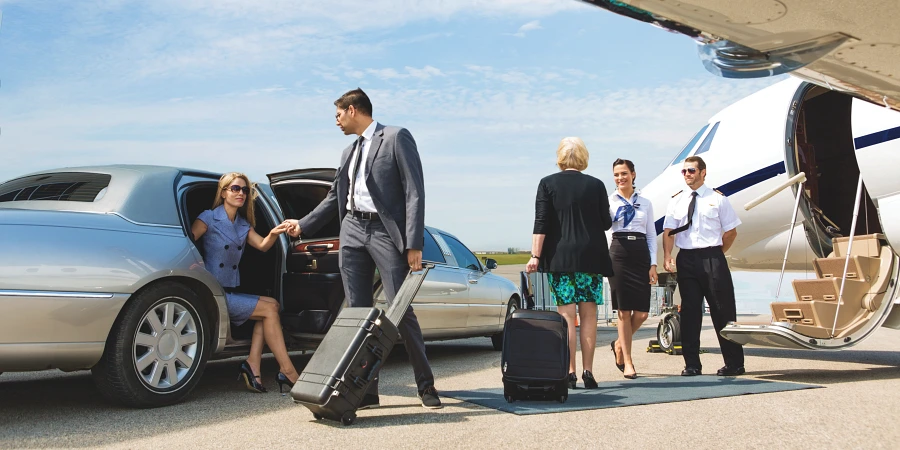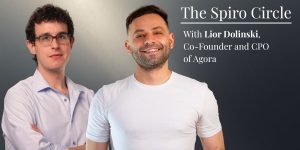The economic order in the modern capitalist era encompasses an opportunity for social mobility. Brilliant high-tech entrepreneurs, talented athletes and artists, successful investment fund managers and many others, have become the world’s richest in just a few years. Along with those who became insanely rich, many families crossed the dividing line between living in poverty or in the middle class, who are forced to engage in economic survival to a world where financial resources are of almost no limits.
The creators of Keshet’s iconic comedy series, “Mesudarim” (well-off) as well as the creators of the program “Eretz Nehederet” who brought the Tortal family into our world, described the sharp transition very well. The stars of the two series portray young get-riches who experienced rapid enrichment, and adapted, each in their own way and to the best of their ability, to a new world of possibilities that opened up to them. The Tortal family of “Wonderful Country” presents the ridiculousness that sometimes characterizes the behavior of the newly rich, who left the world of economic poverty, but did not know how to let the world of cultural poverty leave them.
Who hasn’t dreamed of being among the lucky ones who get rich, and moved from a world of economic survival to the “Land of Wealth”, where the possibilities are unlimited. On the other hand, few realize that similarly to the migration process between countries, this transition would be accompanied by many difficulties. The “immigrants” must learn a new language, new laws and new life skills, get used to a new status as perceived by their close circle of friends and colleagues. In general, these “immigrants” developed their identity in a common and normative social environment, from which their habits, self-image and even attitude towards wealth were shaped and now they must invent a new identity for themselves.
In light of the complexity of the transition, most of the “immigrants” will not be absorbed successfully and after two generations at most, their descendants will once again dream of the “land of wealth” on the other side of the border. The responsibility of the creators of capital is heavy: to adapt themselves to their new environment and educate their children and grandchildren to conduct a healthy and meaningful life, which is will more likely to make them permanent residents, in an environment they are not familiar with.
The perceptual gap between the socio-economic classes is articulated in a simple question: What does wealth express? Many will answer that wealth is the ability to pay off the mortgage and debts, the ability to do limitless shopping, the ability to help the family and contribute to society, to earn a year’s salary in one month, the ability to retire safely, or to be richer than those around you. All but one of the answers express a desire to achieve economic well-being, which is an aspiration of the middle class. Only the last definition (to be richer than those around you) relates also to the wealth classes, who do not deal with the concerns of daily existence. Most of the indicators in the general society, where the main assets are the house you live in and the pension savings, which are not liquid, are related to the level of income and expenditures. In the “Lland of Wealth, wealth indicators are mainly related to the amount of the assets, which in turn produces a flow of income that is greater than the expenditures. Maintaining wealth and increasing it depends on the ability to maintain the gap between the level of income and the level of expenditures.
To an outside observer of the “Land of Wealth” everyone looks the same, but same as an American from Manhattan is different from an American from Texas, so is the rich class not homogeneous. It differs in many parameters including the size of the capital, its origin and the level of control over the use of the capital. Immigrants to the “Land of Wealth” include “pioneer” capitalists who made their fortune by hard labor, alongside those who become rich as a result of an external event such as winning the lottery. Next to them are “natives” of the “Land of Wealth”. Some enjoy a life of luxury and some are far from controlling the family wealth. Studies show that regardless of country and culture, a common characteristic of the affluents is that they are both admired and disliked by the lower class, regardless of their character and personal achievements.
The question of the new identity and with it the blessing or the curse accompanying the new wealth, depends on the decision regarding the mix of what to preserve from the ways of life in the old world and what to adopt from the practices of “Land of Wealth”. Some of the immigrants to the “Land of Wealth” adopt a balanced and healthy approach to the new possibilities that have opened up to them, some approach the new world as lucky finders and gobble up everything that comes near, like in an “eat as much as you can” restaurant a minute before the kitchen closes. Some of them fail to grab the wealth that came across them and miss the many possibilities available to them.
A benevolent choice is based on a gradual adaptation process that allows to preserve old relationships, build new ones and develop identity without having to deny the place you originated from and the status you reached. This choice is based on a healthy and stable value system which does not allow various temptations to blind the eyes of the new “immigrants” to the “Land of Wealth”. A benevolent choice is based on being proud of the path taken, while maintaining modesty and humility. Wealth, in monetary terms, does not define the person in this group, who defines himself as more successful than rich.
In the past, the population of wealth was homogeneous and becoming rich was an entry ticket into a society of aristocratic families with similar social and cultural norms. Today, the wealth stratum is very diverse and includes not only aging and white men like the Rockefeller and Trump families, but also newly rich people with different backgrounds in terms of age, gender, source of wealth and ethnicity, such as Jack Ma, JK Rowling, Roman Abramovich, Mark Zuckerberg , Oprah Winfrey, Kim Kardashian, Paris Hilton and Mike Tyson.
The chances of success in “naturalizing” and obtaining permanent status in the “Land of Wealth” depend greatly on the adoption of new norms.
The first change is acting as an extended family, which is growing over the years. This requires good communication, close cooperation, coordinating goals and responding to different ambitions of different family members with different abilities. The main way to develop as a family is the understanding that human capital must be nurtured, along with the treatment of financial capital. An exemplary family in this field is the Rockefeller family, which cultivates a culture of excellence among the family members, who are committed to leading a productive lifestyle that contributes to society and enjoy a life that is not just a life of luxury but above all a meaningful life.
The second principle is the understanding that no matter what the extent of the wealth is, if it is not managed with proper care, it will disappear. A well-known example in history in this area is the Vanderblit family in the USA. The tycoon Vanderblit was the richest man in the world at the end of the 19th century: he was richer than Rockefeller and in contemporary terms the extent of his wealth was greater than the wealth of Elon Musk. His grandsons, who were the third and last generation of wealth, lived a life of luxury, yet did not engage in activities that generated income. Moreover, they didn’t engage in philanthropy. Their wasteful lifestyle led the family to lose its fortune, and only one generation later some of the family members even declared bankruptcy.
The research institute of the Merit Spread Foundation researches these phenomena in general, as well as in the context of family philanthropy and its benefits for maintaining the family capital. This type of activity can be a unifying factor among families, which, among other advantages, contributes to the establishment of management skills. It also produces social capital along the efforts to increase the family capital.
It is evident that some of the newly rich quickly adopt social customs that were practiced in the old wealth families. We are witnessing an ever-expanding social phenomenon in which the newly rich are interested in donating part of their wealth to society. Numerous billionaires have pledged to donate a great part of their wealth to charity during their lifetime. The newly wealthy are also interested in taking part in the social effort, while receiving additional legitimacy for their new status in society. In the Western world, it is clear that the entrance ticket to heaven also involves a payment, and the currency that is getting stronger is a philanthropic activity and giving to society.





